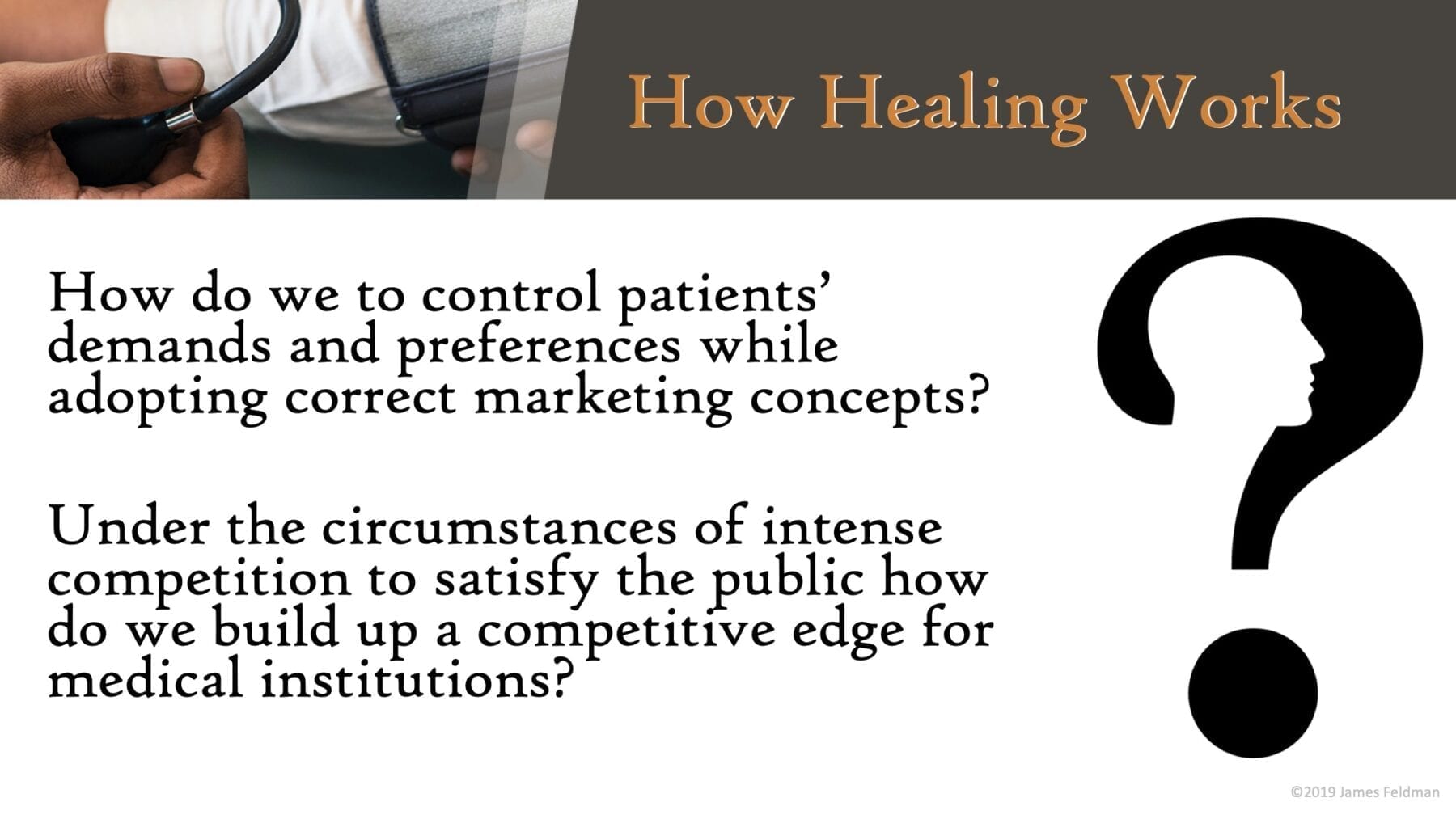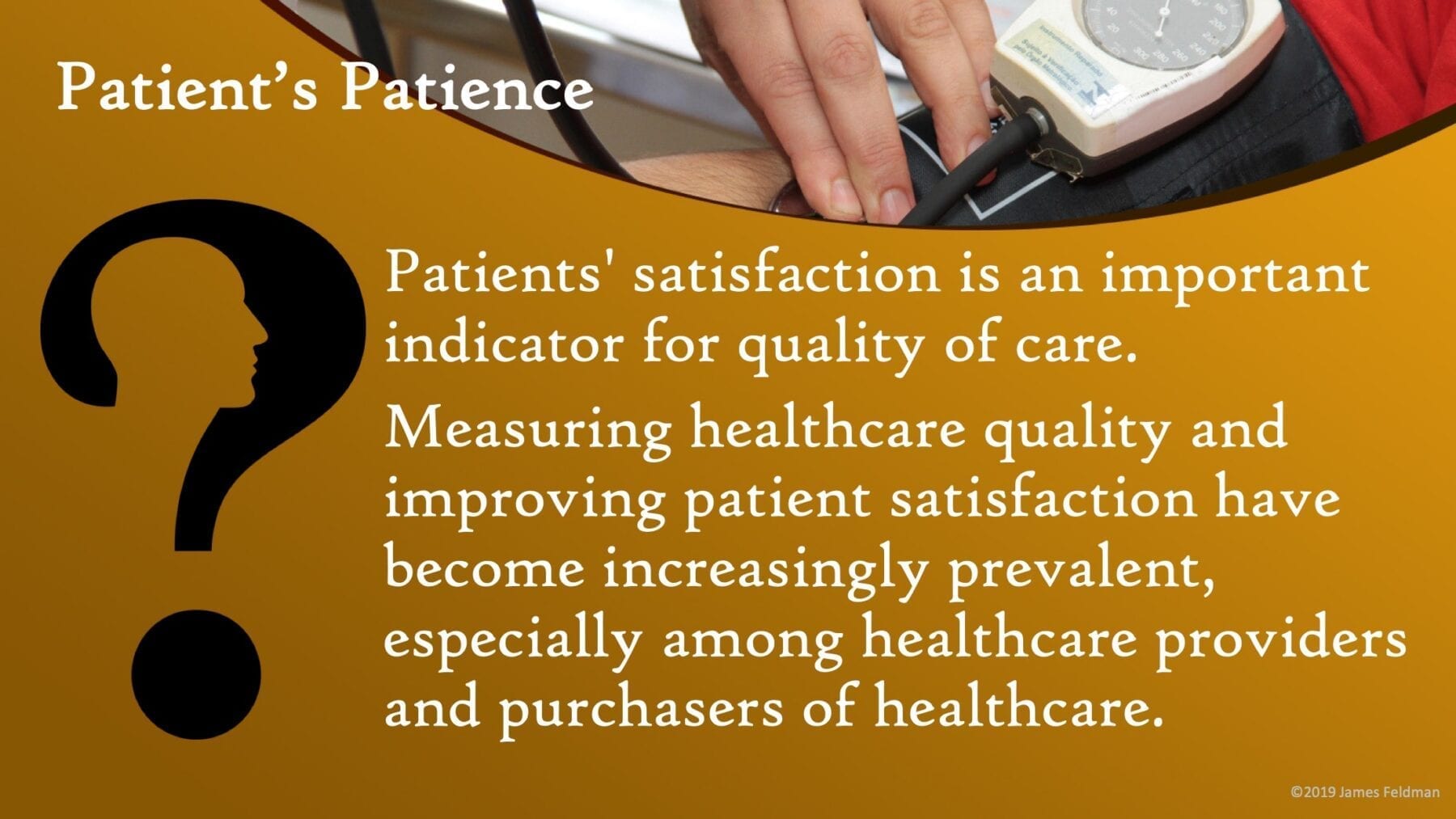
Patient satisfaction is an important outcome measure guiding quality improvement in the healthcare setting while the patient-centered care movement places increasing importance on patient engagement in clinical decision-making. However, the concept of patient satisfaction is not clearly defined, and beliefs of patients are not always evident in health surveys.
The terms patient satisfaction and patient experience are often used interchangeably, but they are not the same thing. To assess patient experience, one must find out from patients whether something that should happen in a health care setting (such as clear communication with a provider) actually happened or how often it happened.
Satisfaction, on the other hand, is about whether a patient’s expectations about a health encounter were met. Two people who receive the exact same care, but who have different expectations for how that care is supposed to be delivered, can give different satisfaction ratings because of their different expectations.
Patient-centered care is reliant on careful planning and the considered involvement of patients from before they enter a hospital setting to their transition back into the community. While the hospital environment is important to the patient’s experience, good communication is critical. Moreover, awareness of both the positive and negative effects of staff involvement on patients’ emotional, physical and mental wellbeing is paramount, with systems in place to ensure greater patient involvement in decision-making. Strategies to facilitate improved understanding of patient preferences with respect to involving family members or caregivers in decision-making are also important.
Researchers rarely follow up on surveys to explore patient views and what they mean in greater depth. This customized presentation sets out to examine shifts in the perceptions of hospital care, through in-depth, qualitative data capture and as a result, to gather rich, patient-driven information on user experience and satisfaction in a progressive healthcare setting; and identify influencing factors.
 Good communication and high-quality information at arrival and discharge were found to be important to patients. Communication breakdown was also evident, further exacerbated by a range of environmental factors such as sharing a room with others. Overall, patients’ felt that while their spiritual needs were well-supported by the hospital staff at many hospitals, it was the clinical teams prioritized their emotional needs. Good communication and environments can improve patient experience and follow-up at home is vital.
Good communication and high-quality information at arrival and discharge were found to be important to patients. Communication breakdown was also evident, further exacerbated by a range of environmental factors such as sharing a room with others. Overall, patients’ felt that while their spiritual needs were well-supported by the hospital staff at many hospitals, it was the clinical teams prioritized their emotional needs. Good communication and environments can improve patient experience and follow-up at home is vital.
 Patient-centered care needs careful planning with patients involved at entry and exit from the hospital. Focused communication, environmental changes, attending to complaints, and clearer discharge strategies are just part of the takeaways that Jim shares in this conversation.
Patient-centered care needs careful planning with patients involved at entry and exit from the hospital. Focused communication, environmental changes, attending to complaints, and clearer discharge strategies are just part of the takeaways that Jim shares in this conversation.
Within a ‘shared decisions’ setting, patients ask to be alerted to the hospital’s complaints procedure, without fear of repercussion, including the reporting of unsafe practices and uncaring and disrespectful experiences (including those witnessed by other patients). Patients should not be fearful of jeopardizing their own care or have the sense that speaking out will be ineffectual. Recommended changes will lead to greater confidence in the hospital complaints systems.
CONTACT US













